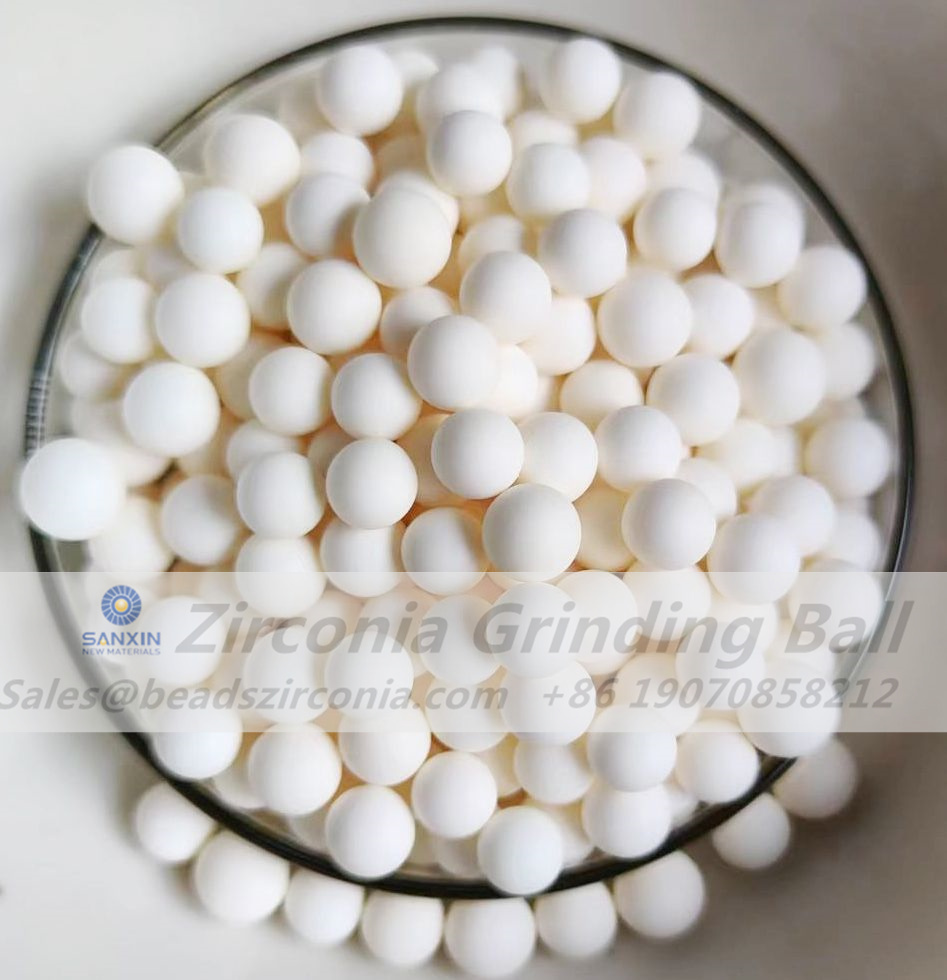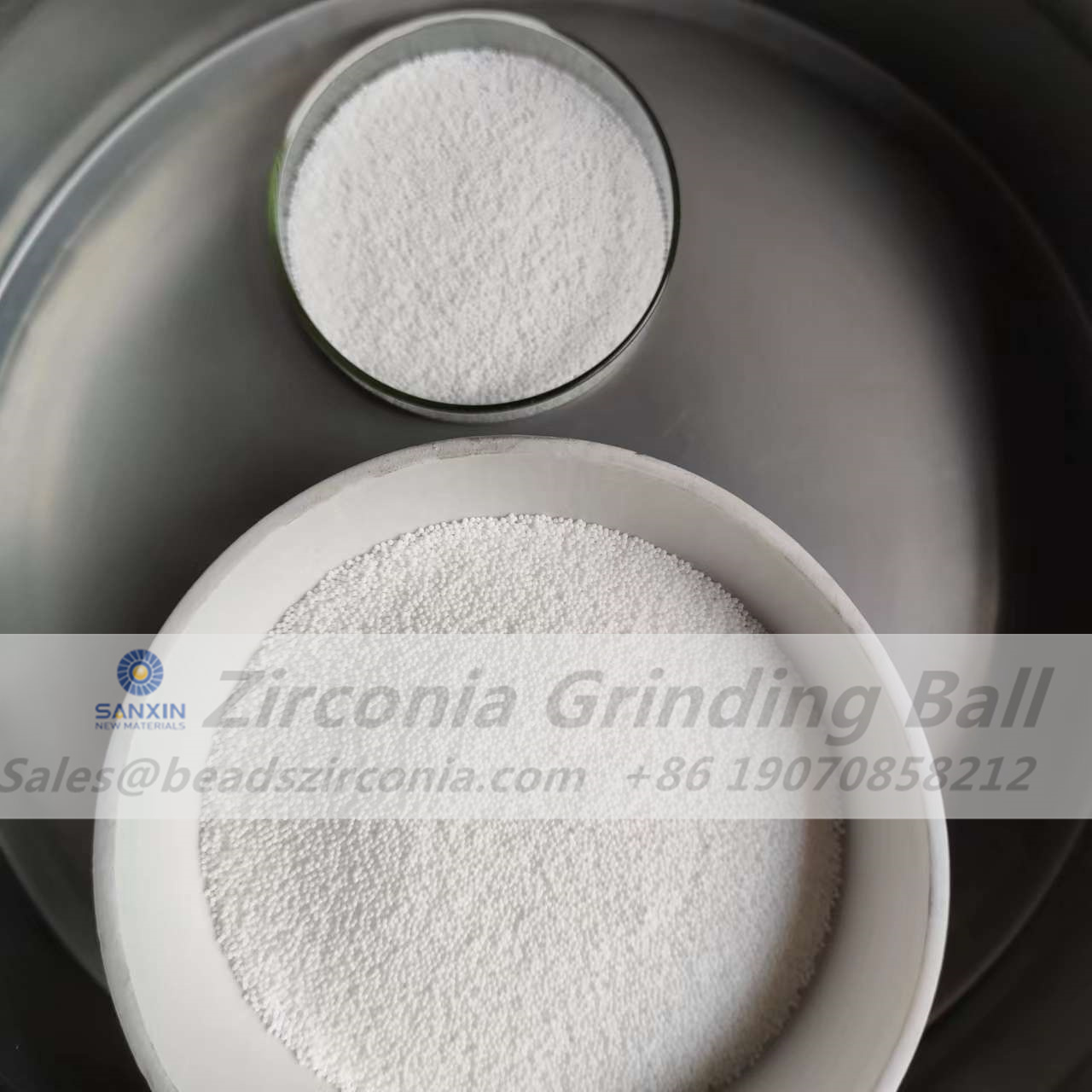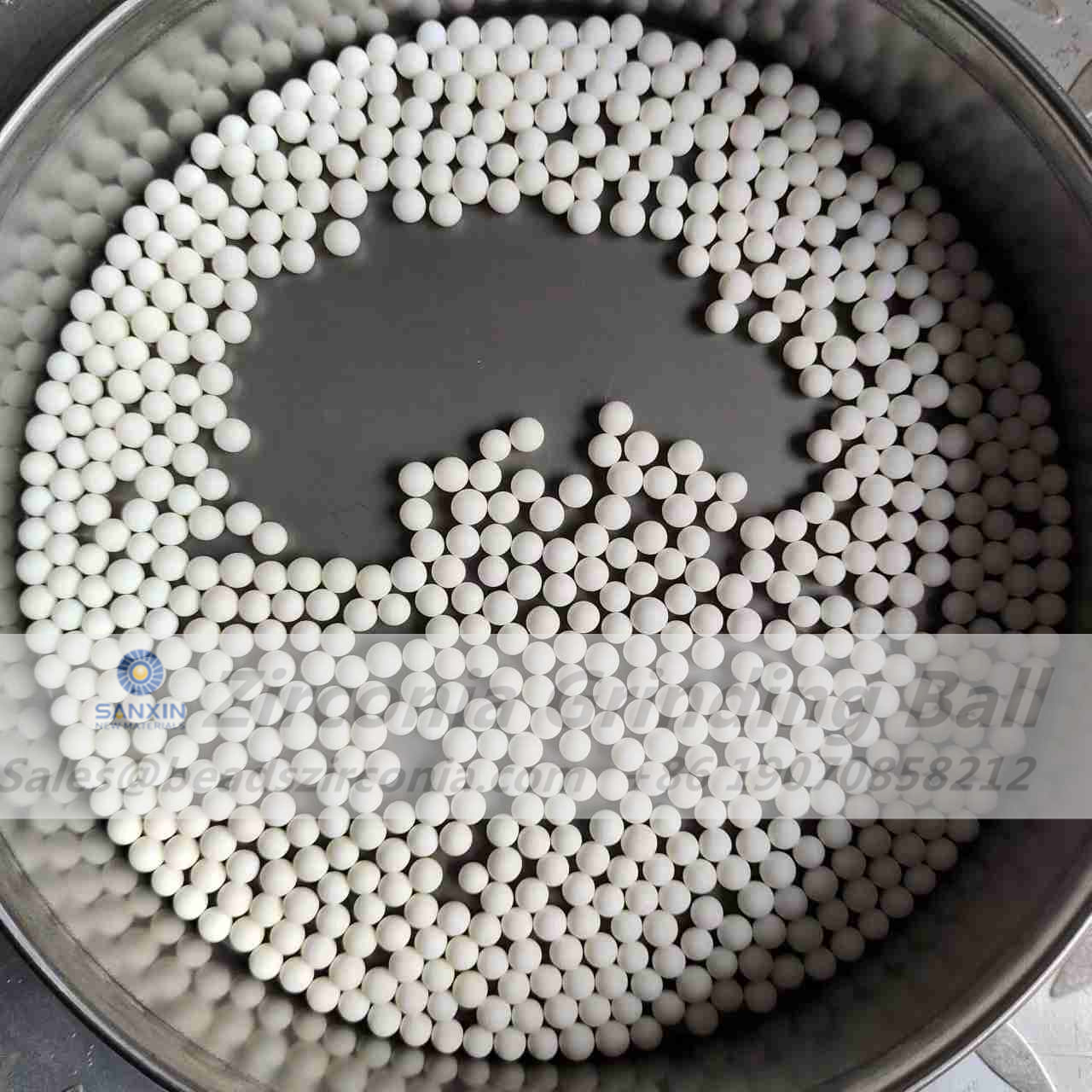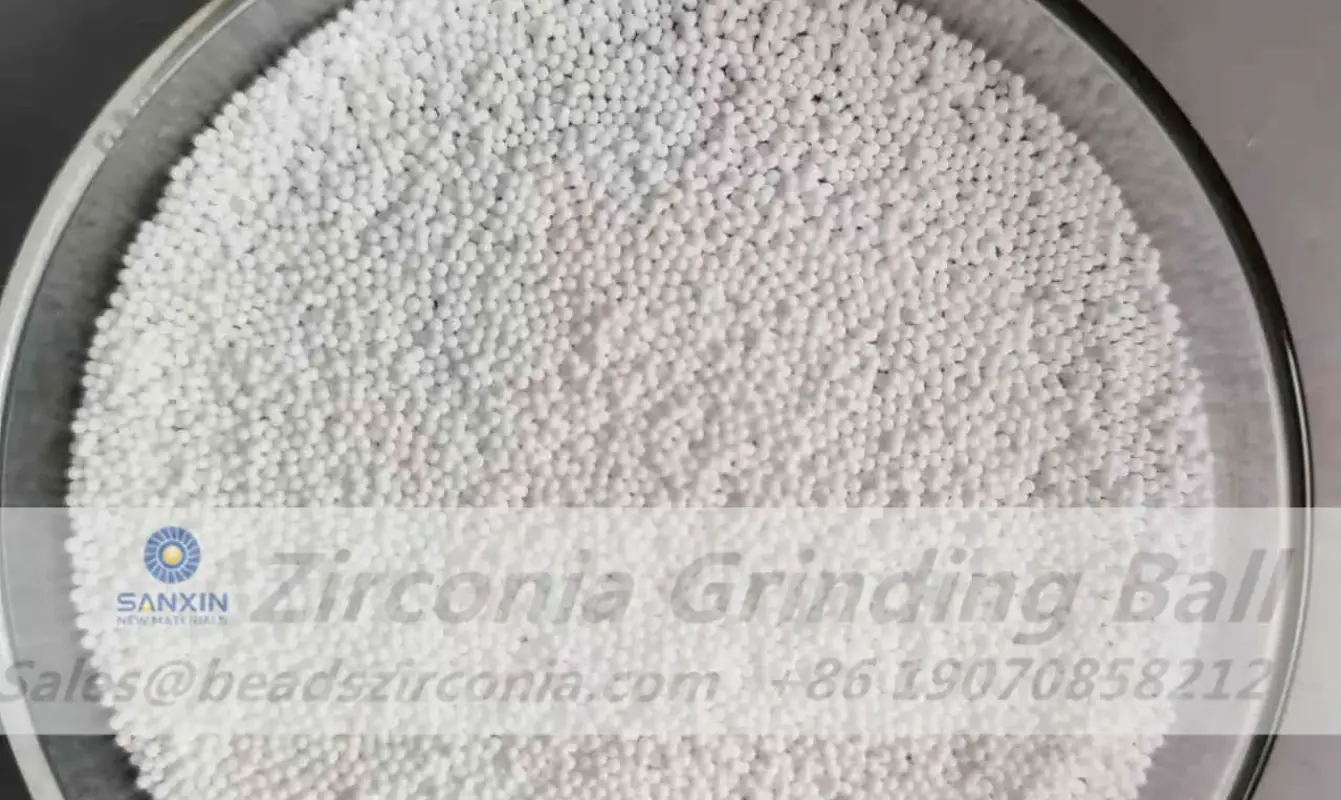High-purity alumina (HPA), defined as alumina with a purity level exceeding 99.99%, is a critical material in various high-tech applications. This elevated purity not only enhances the mechanical and thermal properties of alumina but also opens doors to new possibilities in industries ranging from electronics to ceramics. HPA is characterized by exceptional hardness, outstanding electrical insulation, superb abrasion resistance, and significant corrosion resistance.

The market for high-purity alumina can be broadly categorized based on purity levels. The mid-range market focuses on achieving over 99.99% purity, while the high-end market demands even greater purity, emphasizing the need for nanometer-sized particles and uniform distribution. Achieving these high purity levels presents significant technical challenges, necessitating advanced preparation and dispersion technologies alongside rigorous process management.
High-purity alumina is used across a range of industries, each demanding different properties and specifications. Some of the most notable applications include:
In the electronics sector, HPA serves as an essential material for substrates in LED lighting, capacitors, and semiconductor packaging. Its excellent electrical insulation properties and high thermal conductivity make it an ideal choice for heat dissipation in electronic devices. Additionally, HPA is used in sapphire crystal growth, which is crucial for the production of LED lights and high-performance electronic devices.
High-purity alumina is also extensively used in the production of advanced ceramics and glass materials. Its exceptional hardness and chemical stability allow for the creation of wear-resistant components and high-strength materials. Applications range from dental ceramics to cutting tools and high-performance engineering components.
In aerospace and defense applications, HPA’s lightweight nature and high strength are crucial for producing components that can withstand extreme conditions. Its resistance to thermal shock and corrosion also makes it suitable for applications in harsh environments.
HPA is gaining traction in medical applications, particularly in bioceramics and implantable devices. Its biocompatibility and mechanical properties are ideal for use in orthopedic and dental implants, where reliability and performance are paramount.

Producing high-purity alumina involves various methods, each with its own advantages and limitations. The primary technological pathways include gas-phase methods, liquid-phase methods, and solid-phase methods.
Gas-phase production techniques, such as chemical vapor deposition (CVD) and physical vapor deposition (PVD), involve the formation of alumina through reactions with gaseous precursors. These methods offer precise control over the properties of the final product, enabling the production of high-purity thin films and coatings.
In the CVD process, gaseous precursors react in a controlled atmosphere to deposit a thin film of alumina onto a substrate. This method allows for exceptional control over film thickness and composition, making it ideal for applications requiring uniformity and precision. The CVD process can achieve purity levels exceeding 99.999%, making it highly suitable for electronic and optoelectronic applications.
PVD involves the physical transfer of atoms from a vapor phase to a solid substrate, resulting in the deposition of thin films. The PVD process is advantageous for its ability to produce high-purity coatings with tailored properties. However, the need for specialized equipment and controlled environments makes it a costly method primarily used for high-value applications.
Liquid-phase methods involve dissolving aluminum-containing compounds in solvents, followed by precipitation or crystallization to form high-purity alumina. These methods provide greater flexibility in controlling the composition and morphology of the resultant alumina.
In solvent precipitation, aluminum salts are dissolved in a solvent, and a precipitating agent is added to promote the formation of alumina. The resulting precipitate is filtered, washed, and then calcined to produce high-purity alumina. This method allows for precise control over particle size and morphology, making it suitable for various applications, including ceramics and catalyst supports.
Hydrothermal synthesis involves the crystallization of alumina from an aqueous solution under high temperature and pressure. This method is effective for producing high-purity alumina with controlled morphology and size. Hydrothermal methods are particularly useful in applications where uniformity and specific particle characteristics are critical.
Solid-phase methods encompass various techniques such as thermal decomposition, hydrolysis, and precipitation. These methods are well-suited for producing high-purity powders, ceramics, and bulk materials.
Thermal decomposition involves heating aluminum compounds to high temperatures, causing them to break down into alumina and other byproducts. This method can produce high-purity alumina powder with controlled particle size. However, the need for precise temperature control and the generation of byproducts can complicate the process.
Hydrolysis of aluminum salts is another solid-phase method used to produce high-purity alumina. This process involves reacting aluminum compounds with water under controlled conditions, resulting in the formation of aluminum hydroxide, which can be calcined to yield alumina. Hydrolysis offers the advantage of producing alumina with controlled morphology and purity.

Numerous companies are at the forefront of high-purity alumina production, employing various methods tailored to their unique technological capabilities. Let's delve into the strategies of major players such as Sumitomo Chemical, BAIKOWSKI, Daimei Chemical, and Nippon Light Metal.
Sumitomo Chemical, based in Japan, is a leading player in the high-purity alumina market, commanding a significant share of the global high-end market. The company specializes in producing advanced alumina products for applications in electronics, ceramics, and aerospace.
Sumitomo Chemical employs the alcohol aluminum hydrolysis method, where metallic aluminum reacts with organic alcohols under catalytic conditions. This method yields high-purity aluminum hydroxide, which is then calcined to produce alumina. The advantages of this technique include:
Fast Reaction Rates: The alcohol aluminum hydrolysis method has a rapid reaction time, allowing for efficient production.
High Product Purity: The resulting alumina exhibits exceptional purity levels, making it suitable for demanding applications.
Minimal Emissions: This method produces minimal harmful gases during the reaction process, contributing to a more sustainable production approach.
BAIKOWSKI, a French company, is renowned for its expertise in high-purity alumina production. The company utilizes a range of methods to create products tailored for diverse applications, including electronics, ceramics, and catalysis.
BAIKOWSKI employs several production methods, including the following:
This method is divided into two categories:
Aluminum Sulfate-Ammonium Method: This process involves neutralizing aluminum sulfate and aluminum hydroxide to produce aluminum sulfate solution. The subsequent steps include precise pH control and high-temperature calcination to yield high-purity alumina.
Aluminum Carbonate-Ammonium Method: This improved process mitigates environmental concerns associated with the aluminum sulfate-ammonium method by using ammonium bicarbonate and refined aluminum sulfate-ammonium.
BAIKOWSKI also employs an improved Bayer process to produce high-purity aluminum hydroxide. This method integrates advanced purification techniques, enabling the production of high-purity alumina with excellent batch stability.
Daimei Chemical, also based in Japan, specializes in high-purity alumina production. The company is recognized for its innovative approaches and commitment to quality in the alumina market.
Daimei Chemical employs the aluminum carbonate-ammonium thermal decomposition method. This approach focuses on achieving high-purity alumina while minimizing environmental impacts. The advantages of this method include:
Reduced Emissions: This process minimizes harmful emissions compared to traditional methods.
High Purity Levels: The resulting alumina is characterized by exceptional purity, making it suitable for high-tech applications.
Nippon Light Metal is another prominent player in the high-purity alumina market. The company produces a range of aluminum products, including high-purity alumina for various applications.
Nippon Light Metal employs the improved Bayer process to produce high-purity alumina. This method builds on the traditional Bayer process, incorporating advanced purification techniques to yield high-quality alumina. The resulting products are known for their chemical stability, high melting point, and excellent mechanical properties.

As the demand for high-purity alumina continues to grow, environmental considerations are becoming increasingly important in the production process. Companies are implementing measures to reduce waste, minimize emissions, and enhance sustainability.
Efforts to reduce waste in high-purity alumina production include optimizing raw material usage and recycling byproducts. By adopting more efficient processes and reusing materials, companies can significantly lower their environmental footprint.
The production of high-purity alumina can generate harmful emissions, including gases like ammonia and sulfur oxides. Leading companies are investing in emission control technologies to capture and treat these pollutants, ensuring compliance with environmental regulations and reducing their impact on air quality.
Utilizing sustainable raw materials, such as recycled aluminum sources, can further enhance the environmental credentials of high-purity alumina production. By sourcing materials responsibly, companies can contribute to the circular economy and minimize their reliance on virgin resources.
The high-purity alumina market is evolving rapidly, with several trends shaping its future. These include advancements in production technologies, growing demand from emerging applications, and increasing sustainability initiatives.
Continuous research and development efforts are driving innovations in high-purity alumina production. New techniques aimed at improving purity levels, reducing costs, and minimizing environmental impacts are expected to emerge. Innovations such as alternative synthesis routes and more efficient purification methods will enhance the competitive landscape.
The demand for high-purity alumina is projected to grow across various sectors, including electric vehicles, renewable energy technologies, and advanced ceramics. As industries increasingly adopt high-performance materials, the need for high-purity alumina will rise, leading to further investment in production capacity.
Sustainability is becoming a central concern for manufacturers across industries. Companies are increasingly prioritizing sustainable production practices, from sourcing raw materials to managing emissions. Initiatives aimed at reducing the environmental impact of high-purity alumina production will likely become more prevalent.
The production of high-purity alumina involves a complex interplay of technologies, materials, and processes. As industries continue to demand higher purity levels and more advanced materials, companies are striving to innovate and adapt. The methods discussed—gas-phase, liquid-phase, and solid-phase techniques—represent the diverse approaches available for producing high-purity alumina.
Leading companies such as Sumitomo Chemical, BAIKOWSKI, Daimei Chemical, and Nippon Light Metal are at the forefront of this industry, employing advanced production techniques to meet the growing demand. With a focus on sustainability and technological advancements, the future of high-purity alumina production holds promising opportunities for growth and innovation.
As the high-purity alumina market evolves, manufacturers must remain agile and responsive to changing industry needs, embracing new technologies and sustainable practices to ensure their continued success in this dynamic field.

Submit your demand,
we will contact you ASAP.

Sanxin New Materials Co., Ltd. focus on producing and selling ceramic beads and parts such as grinding media, blasting beads, bearing ball, structure part, ceramic wear-resistant liners, Nanoparticles Nano Powder

